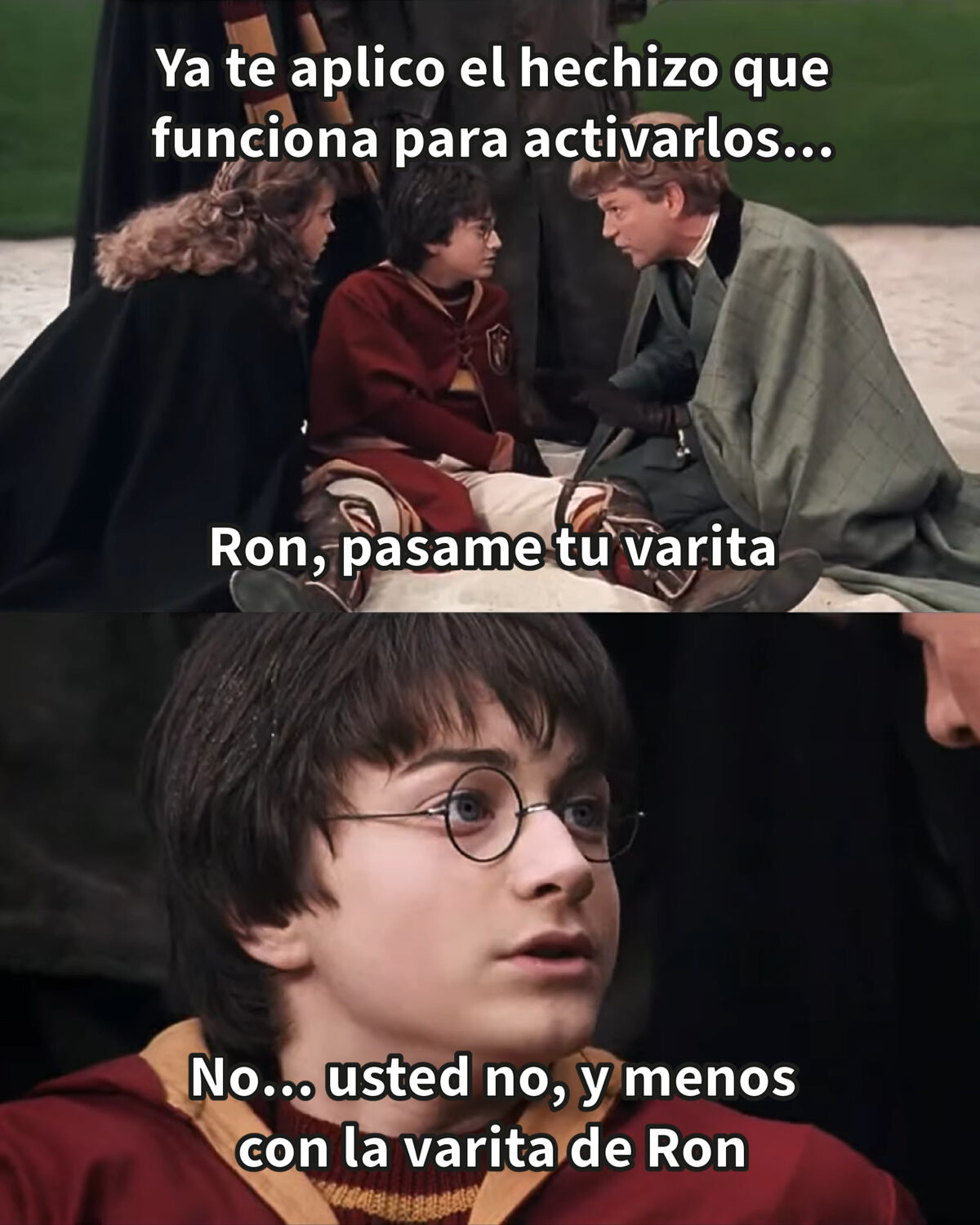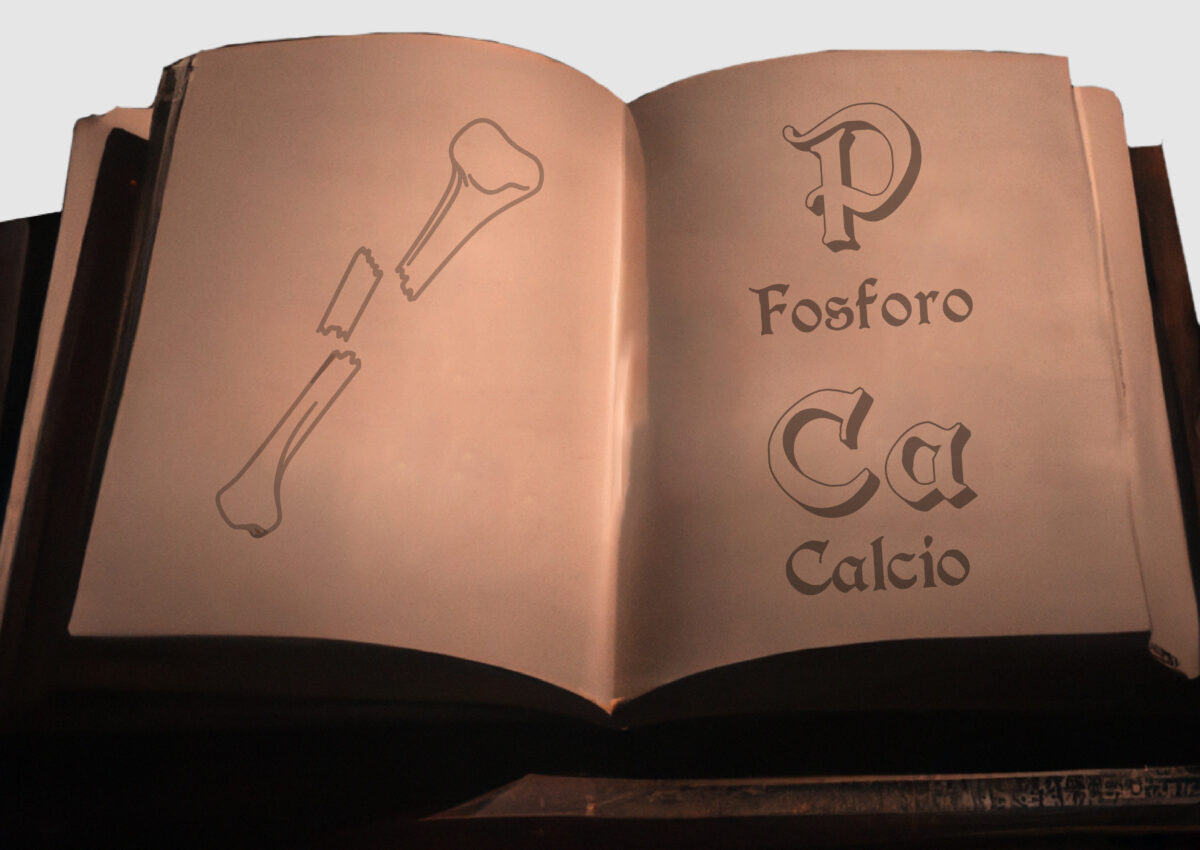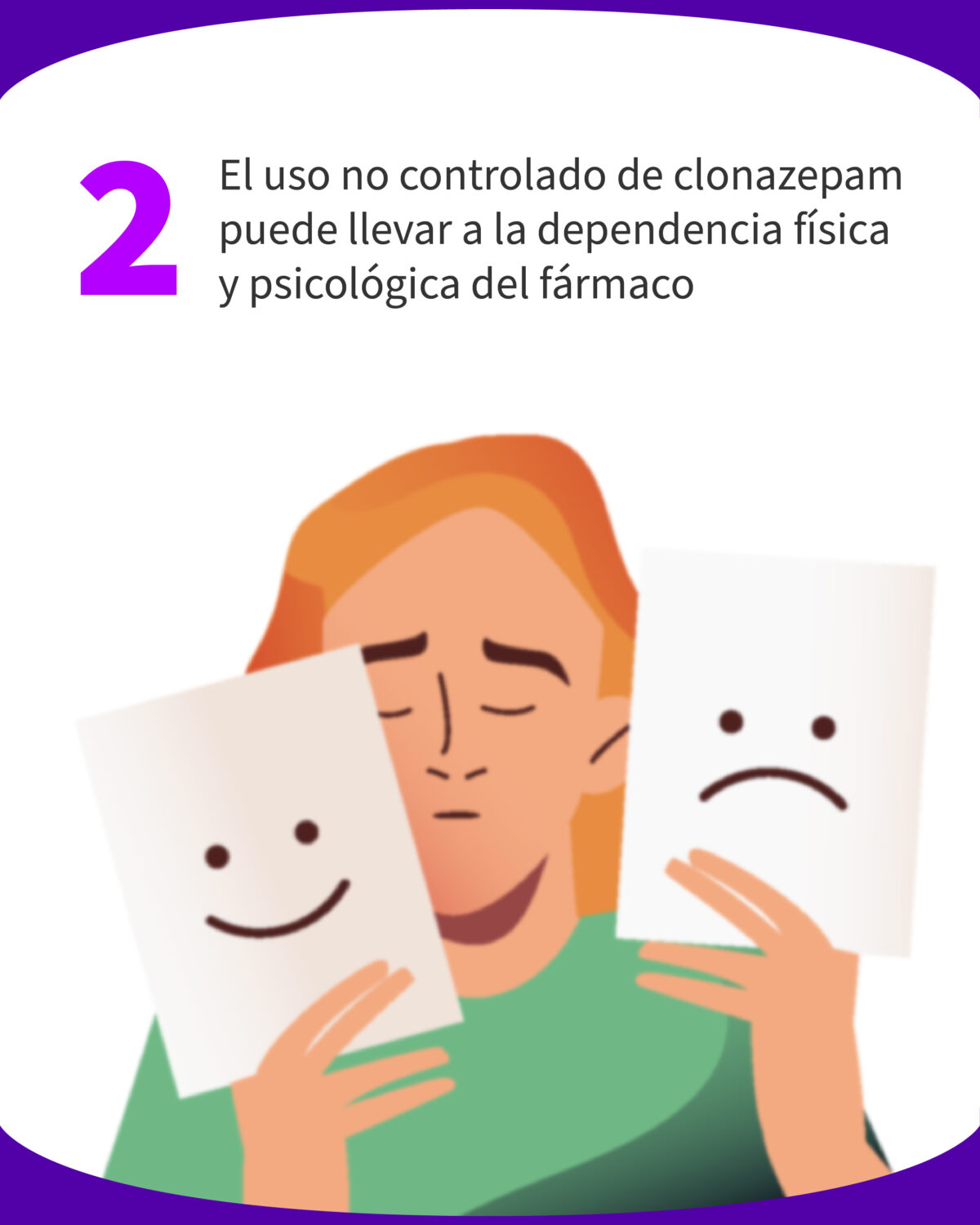The institute has been recognized for meeting very strict criteria, as well as for its advances in research.
Note originally published in: ediciónmedica.com
The District Institute of Science, Biotechnology and Innovation in Health (IDCBIS), has informed the entire community, both scientific and academic, that the Transfusion, Tissue and Cellular Medicine Research Group (GIMTTYC) has obtained the classification of "Transfusion, Tissue and Cellular Medicine" group. A1 research by the Ministry of Science, Technology and Innovation.
It should be noted that the group GIMTTYC is an interdisciplinary group with actions aimed at the development of three main areas in health: transfusion medicine, tissue and cellular therapy.
Its objective has been to identify health problems in the areas of transfusion medicine, tissue and cellular therapy in order to contribute in the solution through the development of research projects based on ethical criteria, that generate new knowledge, strengthen the training of researchers and consolidate research networks.
In interview with MEDICAL EDITION, Bernardo Camacho, director of the IDCBIS, said that "in the last call for applications more than 7,000 research groupsThe application is very rigorous, but in the end, a small group obtained the recognition, 849 groups remained".
Camacho explained that, "in group A there are 1,174, in group B there are 1,830 and in group C there are 2,376 groups. The A group has the least number of groups, but there are still 531 recognized groups."He added that "the A1 group is for research, which is like the top, in the sense that it is required to rigorously comply with the criteria to be in this group".
"In our case for the last four years we were in group C, but now we go up to A1 this is due to several factors, firstly having a senior researcher, international, scientific publications in high impact indexed journals," Camacho pointed out.
"For us that was very important because we were recognized in the field of health sciences, but we specifically have a research focus in the area of advanced cell therapies, among others. So we were recognized because we have carried out a great deal of scientific research and even original research in the focus that we have," said Camacho.
The director also explained that they train master's and doctoral students, and also have associate and senior researchers. "We are implementing the inclusion of more senior researchers."
"That designation is earned by all the achievements that the research group has made, but in October of the previous year we were recognized as a research center for the next five years, this due to the strength in information and scientific production, which performs the team of scientists who are working with us," Camacho has pointed out.






























